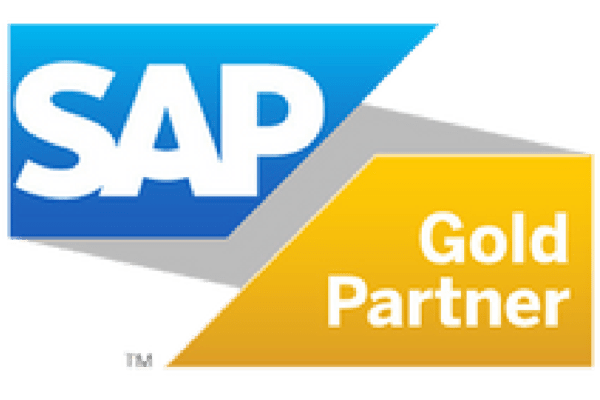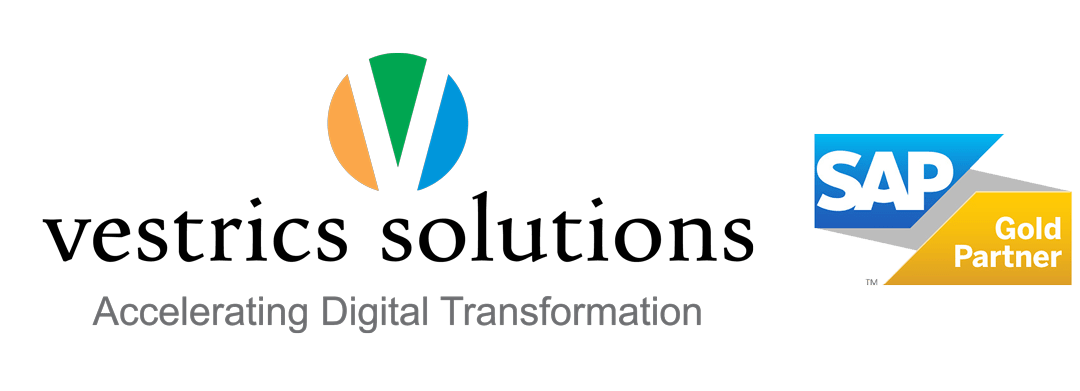It is a well-known fact there is always a tussle between the sales department and inventory management function. When a company fails to deliver the product when the customer needs it, the same results in lost revenue and lesser chances of repeat business. At the same time, too much inventory is equally a risky proposition. Cash becomes bound, and storage costs accrue. The company incurs losses if the stocks are unsold on time with a profit. A fine balance between demand and supply needs to be worked upon.
Enterprise Resource Planning (ERP) tool could be the right answer to better manage the demand-supply equation by enabling timely coordination, forecast, and effective communication between inventory management and sales teams. SAP Business One is a preferred ERP solution for businesses to give equal weightage to inventory and sales management.
Consumer demand is dynamic and depends on many factors like economic conditions, timing, and trends that form expectations and needs. When there is less control over inventory stock, it leads to higher costs and affects the turnover rate. It becomes easy to fall into a stockpiling mode. A downturn in the economy, declining trends, etc., might put a pause on people spending on goods, thus adversely impacting the business, mainly if the stocks are not managed well. The company might be forced to other tactics like heavy discounts etc., to liquidate excess inventory, thus incurring losses. This is precisely the reason why influencing demand becomes a priority.
It becomes the task of the sales and marketing team to sift through customer data, engage with customers, negotiate with them, create value for the brand and promote the differentiated offering so that customers are convinced. Availability and flow of the stock ensure the marketing promises are kept, the sales & marketing teams are motivated, and they are able to engage customers better. In an ideal situation, the sales and inventory teams feed each other and share a close working bond. Thus, it becomes essential to have one centrally available data for making critical decisions.
SAP Business One is a comprehensive ERP solution that binds together the finance, procurement, production, sales, customer service, and inventory management teams and makes them see vital information. It eliminates data stored at different places via legacy systems or spreadsheets.
Working with an efficient and centralized system ensures information from various areas of business can be integrated and analyzed, providing real-time stock data from when there is a stock movement and precise recommendations on when to stock. Material Requirements Planning (MRP) module in SAP Business One helps in accurate decision making in a chosen strategic area based on parameters which may include:
Demand in the system: including sales forecast, supply orders, production orders for goods requirement, stock transfers, Internal stock requests, system quotation, and blanket agreements
Inventory and inbound supply: including current stock situation, purchase orders, production orders and stock transfers to be receipted.
With the use of this module, minimum and maximum stock levels based on precise data become easier to calculate. The functionality also allows considering the available warehouse space and not looking at only the number of units. There is provision to take into consideration other factors as well.
Be responsive to current and potential customers with SAP Business One
Predictive inventory management is vital to balancing the supply and demand equation. Another important need is to empower the sales team to meet customer expectations. Precise information on products and their availability is always critical. With SAP Business One, it becomes convenient for the sales team to manage sales. Things such as these make it a smooth ride:
- Status report access: When a sales rep is negotiating with a customer, they have access to any information in the system, thus enabling them to give a quick response to the customer on the available quantity of the product, how much order is logged in, volumes, availability & queries like these.
- Alternatives available: SAP Business One can create product linkages that enable the sales rep to suggest an alternative product on the fly in case the SKU is unavailable, without having to go back to the customer again.
- Final quote: If the business allows flexibility on final quotes based on certain parameters, like volumes, ad-hoc discounting etc., SAP Business One allows a sales rep to the customer’s past buying history to determine the starting point for negotiations.
With SAP Business One, you can combine other solutions like SAP Sales Cloud for better customer relationship management and mobile sales support driven by ERP data. With the use of SAP Sales Cloud, field reps have instant access to information regarding customers’ top purchases, added with an ability to offer discounts on products that are about to expire and modules to provide quotes on the go.
Now with SAP Business One, strike a balance between sales and inventory.
When you have the right products to sell and the company’s success depends on it, you need to have the right workflows and inter-dependent data to build an information network within the company. SAP Business One gets all these alignments to balance inventory management and sales.
Are you interested in improving efficiencies in managing inventory and sales? We offer an array of industry-specific business solutions for your company’s processes together while also making sure to customize and extend business processes more efficiently, saving time & money! Reach out to us at sales@shrimathibhojanam.com or call us at +91 99510 53333 and let us help find you the right package for your business needs.






